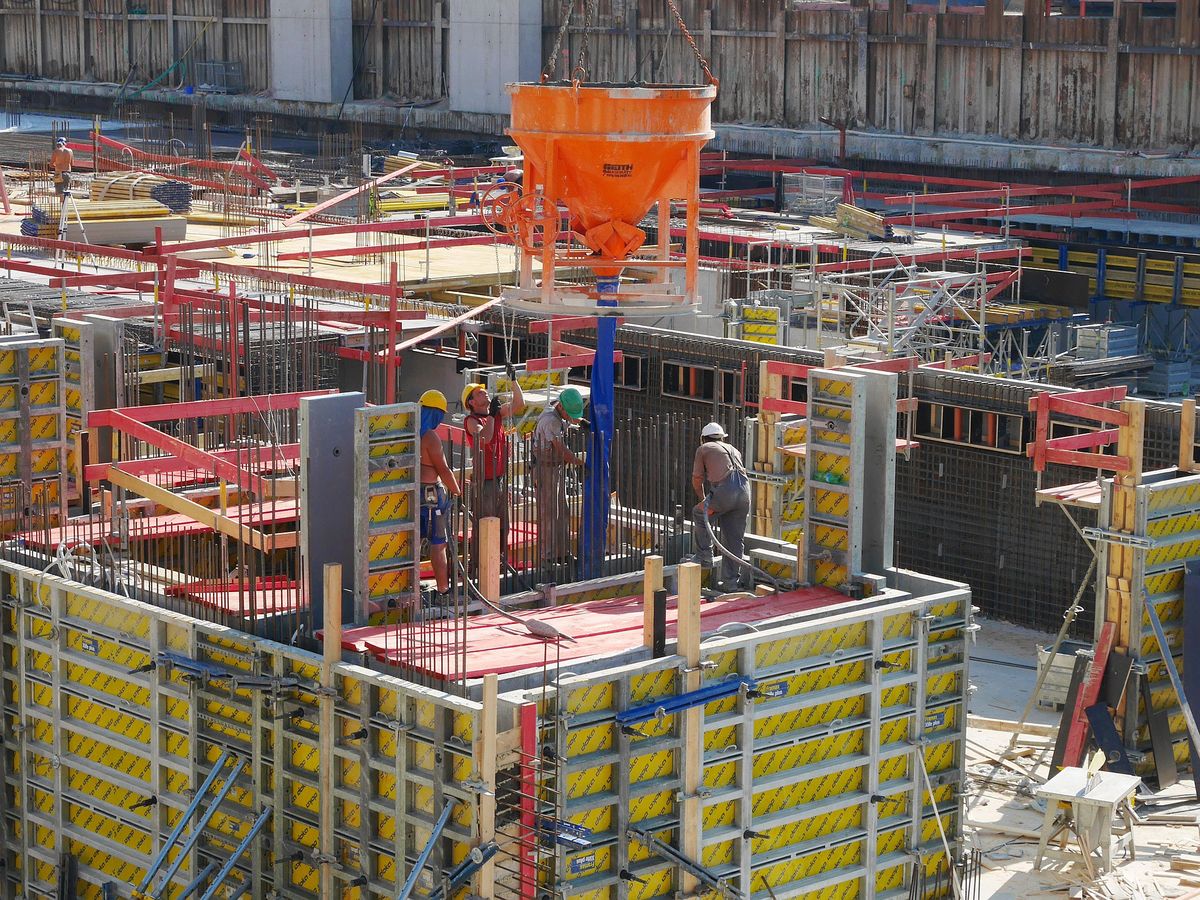'Eco-Friendly' Insulation May Be a Health Hazard

Anything involving health and the environment involves trade-offs. Jogging is healthful but you could break your leg. And a new type of flame retardant used in building insulation that’s supposed to be safer could actually be harmful to human health, researchers report.
The substance in question is polymeric flame retardant — commonly called PolyFR — and it’s being increasingly found in “eco-friendly” foam plastic building insulation. The problem is that the insulation may expose workers, communities, and ecosystems to PolyFR and its potentially toxic breakdown products, according to a new commentary in Environmental Science & Technology.
“Since so much PolyFR is being used and so little is known about its release into the environment, we need to have realistic assessments of the potential for PolyFR across its life cycle to harm human and environmental health,” said Miriam Diamond, Professor at University of Toronto and corresponding author of the study.
With the climate crisis fueling demand for energy-efficient insulation, the production of PolyFR is increasing rapidly. That’s because this flame retardant is added to all foam plastic building insulation in North America to comply with flammability codes.
Ironically, PolyFR is being used to replace another flame retardant — hexabromocyclododecane — that is being phased out because of its toxicity and persistence.
PolyFR is commonly assumed to be safe, but the authors of the study question that assumption.
“Making buildings more energy-efficient is a key part of tackling the climate crisis,” said co-author Arlene Blum, Executive Director of the Green Science Policy Institute. “But we need to be careful not to create new health and environmental problems along the way. A ‘green building’ with potentially hazardous insulation isn’t a green building at all.”
Made from carcinogens
The presumed safety of PolyFR hinges on the claim that as a large molecule called a polymer, it has few opportunities for release from foam insulation. But the authors’ analysis shows that in fact, PolyFR in building insulation has significant opportunities for release into the environment during manufacturing, installation, and disposal of foam insulation.
Once released, the PolyFR may break down into harmful chemicals that can end up in people and ecosystems.
PolyFR is a polymer made from butadiene and styrene, which are both carcinogens. Bromine is added making it a brominated flame retardant. Such flame retardants studied in the past were found to be toxic and many have been phased out.
A greater understanding of the potential for health harm associated with the increasing production of PolyFR, as well as its eventual breakdown and disposal, is needed to protect workers, fenceline communities near waste disposal sites, and others exposed throughout this flame retardant’s lifecycle, the researchers say.
Importantly, alternative insulation materials already exist which do not require the use of potentially hazardous flame retardants. Inherently flame-resistant mineral fibers, such as glass wool or stone wool, can be used instead. Also, the fire safety benefit of adding flame retardants should be established before such chemicals are used.
